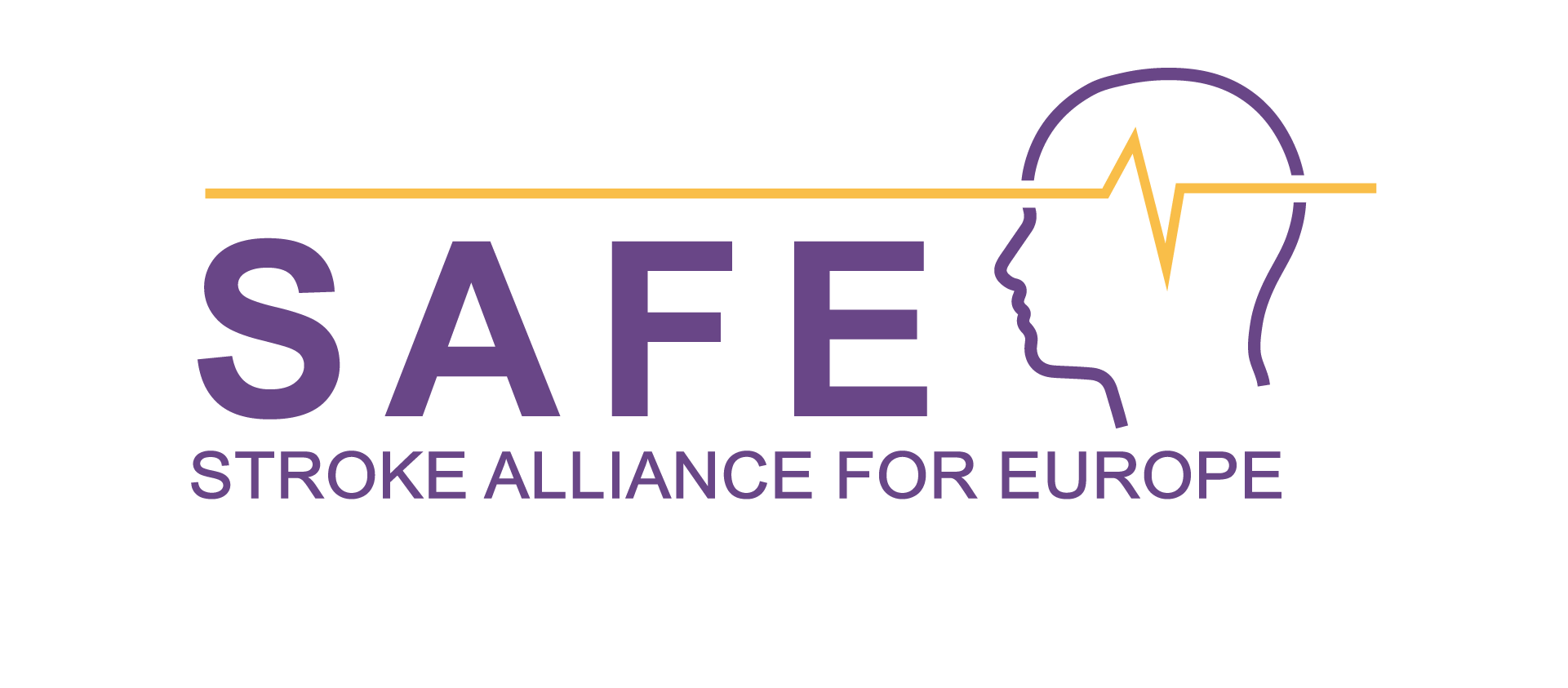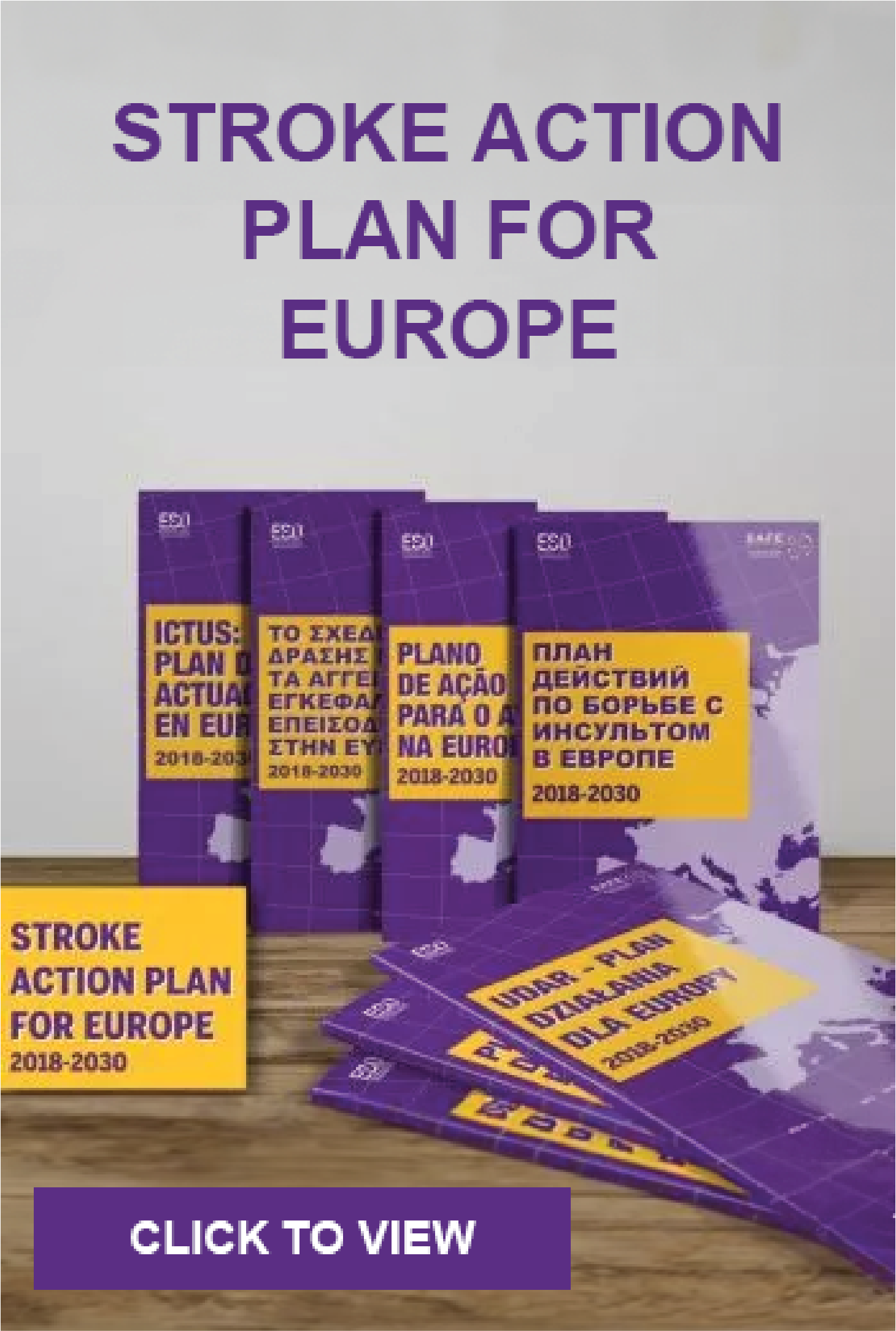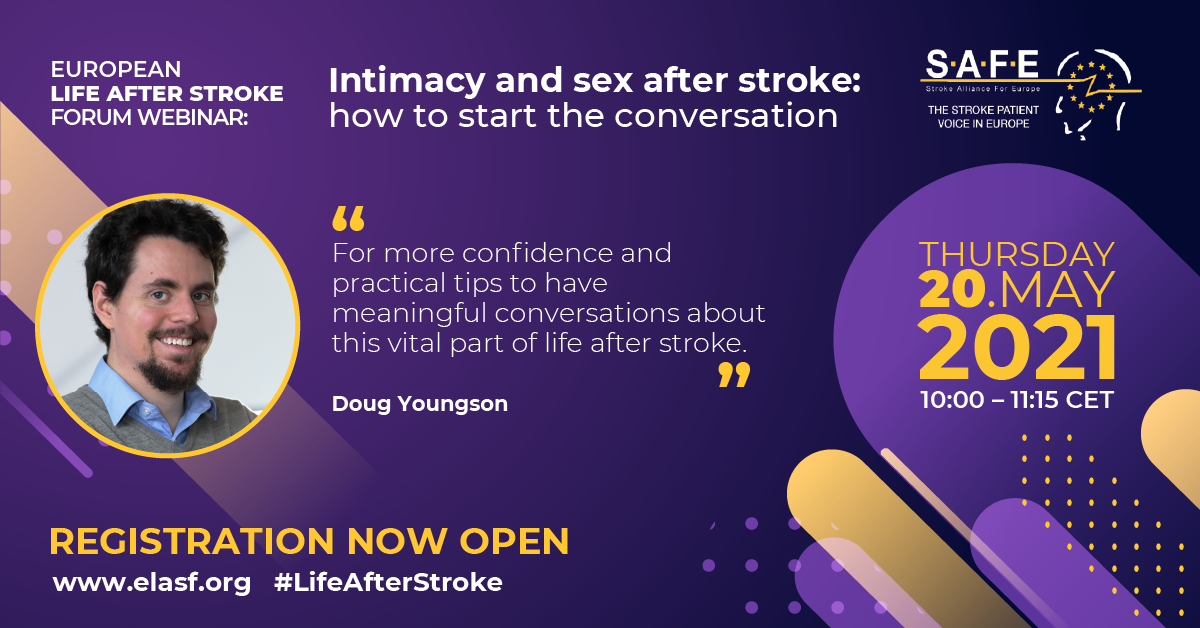
May 10, 2021
Join Doug Youngson who will be presenting at the next free interactive webinar: Intimacy and sex – how to start the conversation on Thursday 20 May. Doug, a learning and development trainer at the Stroke Association, UK, will talk about how to develop confidence and give practical tips on how to have meaningful conversations for both health care professionals and stroke survivors.
This event is for both healthcare professionals astroke survivors. Find out more at www.elasf.org or register for free here bit.ly/3edVHxp
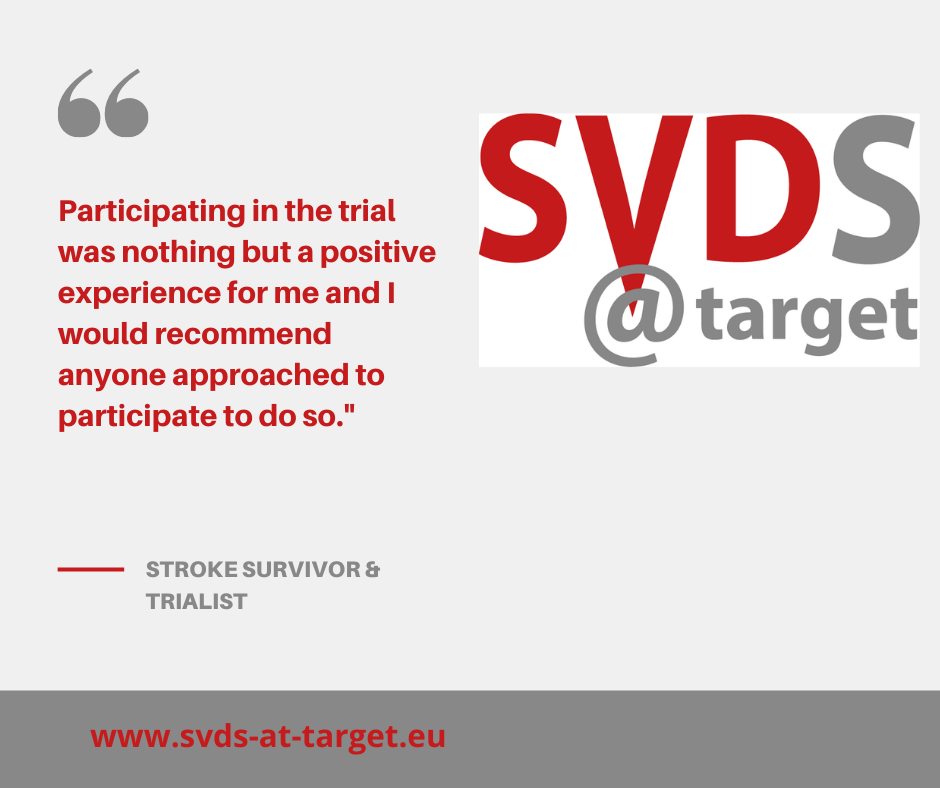
May 10, 2021
The pandemic has had a negative impact on running clinical research trials.
There are nine million people in Europe with stroke. Stroke Alliance for Europe wanted to find out from patients why they had agreed to participate in clinical trials and why it was important to them.
Hear from stroke survivors who participated in the SVDS@Target https://www.safestroke.eu/svdstarget/ and the Precious https://www.safestroke.eu/precious/ clinical trial research.
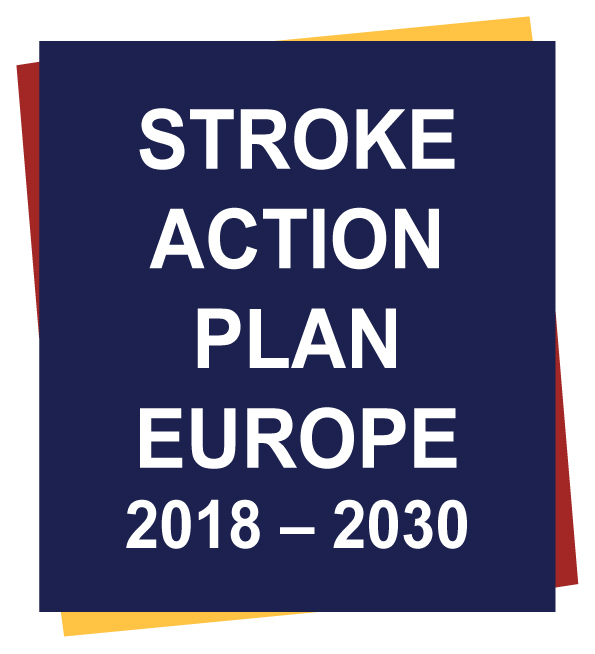
May 10, 2021
On European Stroke Awareness Day, Tuesday 11 May 2021, Health Ministries across Europe are asked to sign the Declaration for Action on the Stroke Action Plan for Europe.
Led by The European Stroke Organisation and Stroke Alliance for Europe, the initiative aims to encourage European countries to show their commitment to improving stroke prevention, treatment, care and support, by signing the Stroke Action Plan for Europe Declaration and add their voice to the fight against stroke across Europe.
Find out more actionplan.eso-stroke.org/

May 10, 2021
New research announced today (11 May 2021), European Stroke Awareness Day will develop micro-robots to unblock blood vessels and fight stroke from within.
A new ground-breaking project, ANGIE, funded by the EU, aims to develop nano-surgeons that will enter the body to treat blood clots.
The ANGIE project will develop a radical, new technology for localised, targeted drug delivery based on steerable wireless nanodevices, capable of navigating the body vascular system to deliver drugs where no other instrument can go. ANGIE will offer health professionals vastly improved intervention capacity to tackle multiple chronic diseases and enable them to deliver drugs precisely where needed, with minimal side effects.
Read more www.h2020-angie.eu and https://www.safestroke.eu/angie/
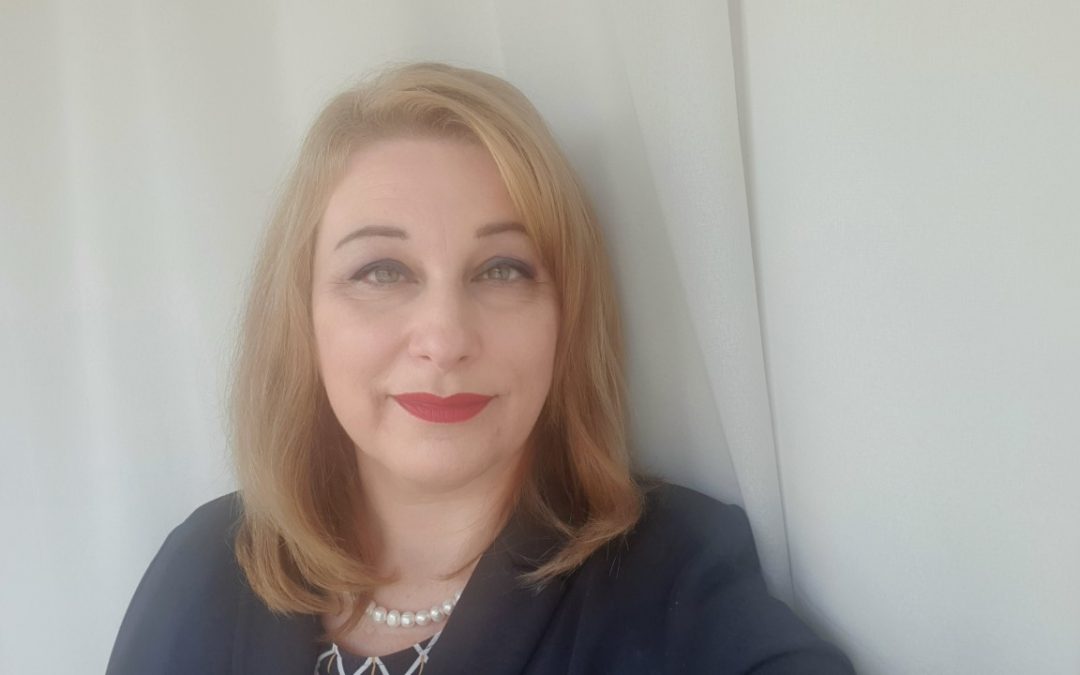
May 4, 2021
Professor Anita Arsovska will be joining our 2nd Life after stroke webinar: Intimacy and sex after stroke: how to start the conversation as chair.
Anita is Professor of Neurology at the University “Ss Cyril and Methodius”, Faculty of Medicine in Skopje, North Macedonia. She has a keen interest in the ongoing care and life after stroke for stroke survivors.
Anita says “Discussing intimacy concerns after stroke is a delicate conversation for both stroke survivors and health care professionals. But it is one we must have. I would encourage everyone to come and join us in a safe environment to start thinking about this important conversation”.
Find out more about the session here: elasf.org
Register for free here: bit.ly/3edVHxp
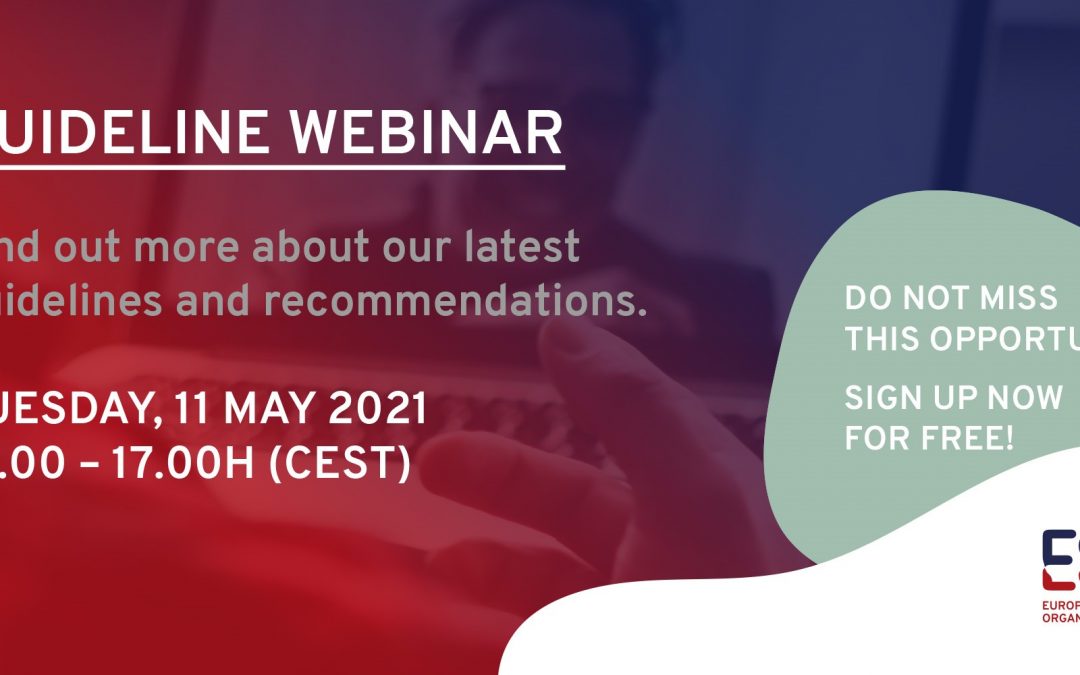
Apr 28, 2021
The European Stroke Organisation (ESO) has been working on establishing new guidelines for stroke. Get first-hand information about upcoming ESO guidelines and register for the webinar.
Four speakers will present the following new guidelines:
- Covert Small Vessel Disease – Joanna Wardlaw
- Endarterectomy and Stenting for Carotid Artery Stenosis – Leo Bonati
- Blood Pressure Management in Acute Ischaemic Stroke and Intracerebral Haemorrhage – Else Charlotte Sandset
- Management of Space-Occupying Brain Infarction – Bart van der Worp
Registration is open and free to all.

